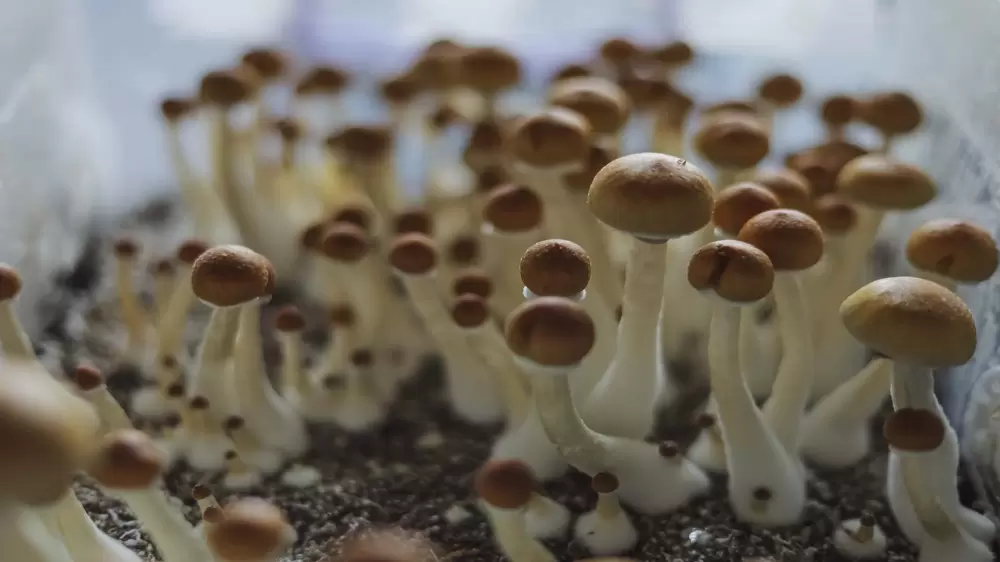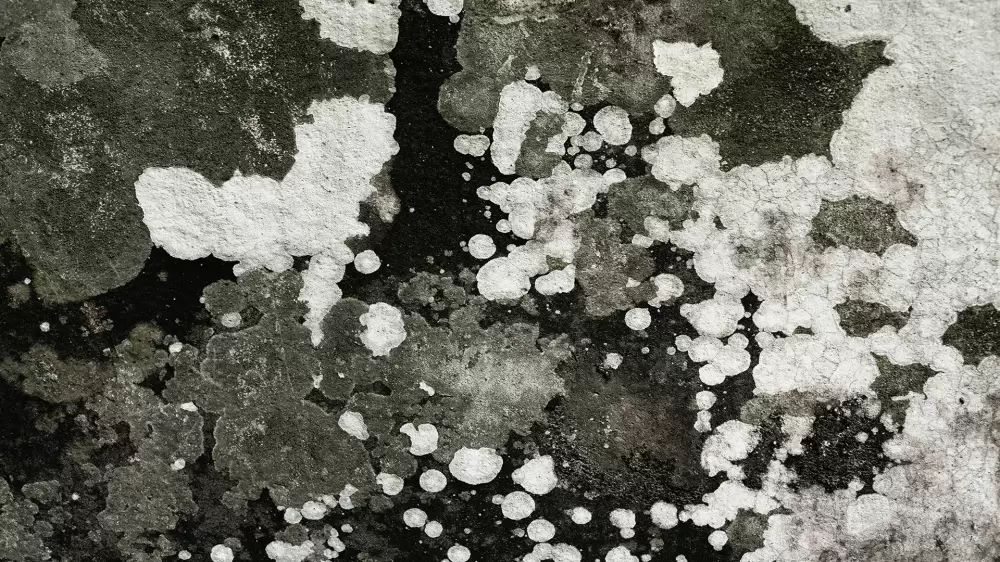DIFFERENCE BETWEEN MUSHROOMS AND FUNGI

Have you ever thought whether there is a difference between mushrooms and fungi? Whether you see a mushroom growing in the forest among the trees, or they are on your plate as part of a healthy meal: these mushrooms are fungi. But not all fungi are mushrooms. How that works, in short, what the difference is between mushrooms and fungi, we explain in this blog.
The subdivision of organisms
There are countless species of living things on earth. From the tiniest ant to elephants, gorillas and humans. To keep some overview of everything living, people have created a classification to categorize creatures. This is called taxonomy. It was Linnaeus who pioneered this in the 18th century.
The classification into different ranks in based on anatomy and morphology of animals and plants. Viruses are not living creatures and are not categorized in any of the different ranks. The highest rank is domain, the lowest is species. There are eight primary ranks:
- Domain
- Realm
- Tribe
- Class
- Order
- Family
- Genus
- Species
While you may not be familiar with taxonomy, you have probably heard of the realm of animals and the realm of plants. But so there is also a realm of fungi. Each realm can be divided into tribes, families, genera and species. For example, humans belong to the genus homo and the species name is sapiens. Nowadays, there is only one species of man, but in the distant past there were other species within the genus homo. Think of homo neanderthalensis (the Neanderthal), Homo erectus and homo habilis. However, these species are all extinct.
Taxonomy of fungi
Within the fungi, a similar classification can also be made, only they thus belong to a different realm. This realm of fungi is divided into eight tribes. Fungi are ubiquitous: in soil, water and air. They are sometimes single-celled creatures, but can also be large filaments grown in the form of a network (the mycelium). Some 100,000 species have already been discovered, but this is probably only 5% of the actual number on Earth. But this does not yet answer the question, what is the difference between fungi and mushrooms?
How do mushrooms differ from fungi?
As you could read earlier, there is the realm of fungi. There are eight strains of fungi:
- Microsporidia
- Chytridiomycota
- Zygomycota
- Blastocladiomycota
- Neocallimastigomycota
- Glomeromycota
- Ascomycota
- Basidiomycota
A fungus only belongs to a species if it is capable of producing fertile offspring together with a conspecific. There are vastly different species of fungi, and within species they are also very diverse. The first six strains mentioned above are only small. The best-known fungi fall under the ascomycetes and basidiomycetes. Examples of ascomycetes include tassel fungus, baker's yeast, truffle, and bread fungus.
And mushrooms, these belong to the basidiomycetes. They are fungi that form mushrooms. However, the fact is that by no means all fungi produce mushrooms. So that is only a small proportion of fungi that do. So the mushrooms you see growing in the forest or that you eat are Basidiomycetes, a particular strain of fungi.
Fungi: useful or harmful?
There are probably as many as 2-3 million different species of fungi, but only about 100,000 have been discovered and described. Of all these fungi, there are about 2,000 that we as humans can eat. 1% of these are cultivated or harvested from the wild. These have a pleasant taste or bring benefits to our health.
Fungi play an important role in nature. They help break down organic waste and can form symbiotic relationships with other species. Fungi produce enzymes to break down material in the environment (both living and dead material). This allows them to convert starch, cellulose and lignin, which they in turn use as energy and building materials.
In this way, fungi convert organic material into the elements carbon, sulphur, phosphate and nitrogen, among others. As a result, they play an important, indispensable role in nature. But of course, fungi can also cause damage, at least in our society. They can cause damage to buildings, but also infect our food crops, causing crop failures. Therefore, fungi are certainly not loved in all cases.
Anyway, fungi are ubiquitous. If you walk in the forest, take a close look at the forest floor. In a chunk of soil measuring 10 by 10 cm, there are more than 10 km of mycelium. The realm of fungi is not only mysterious, but also incredibly impressive. And get your eye on a mushroom? It might be a beautiful specimen, and there are all kinds of mushrooms with special properties (such as magic mushrooms that produce mind-altering substances). They can help you support your health. But as you now know: mushrooms are fungi, but fungi that produce mushrooms are the exception rather than the rule.

















